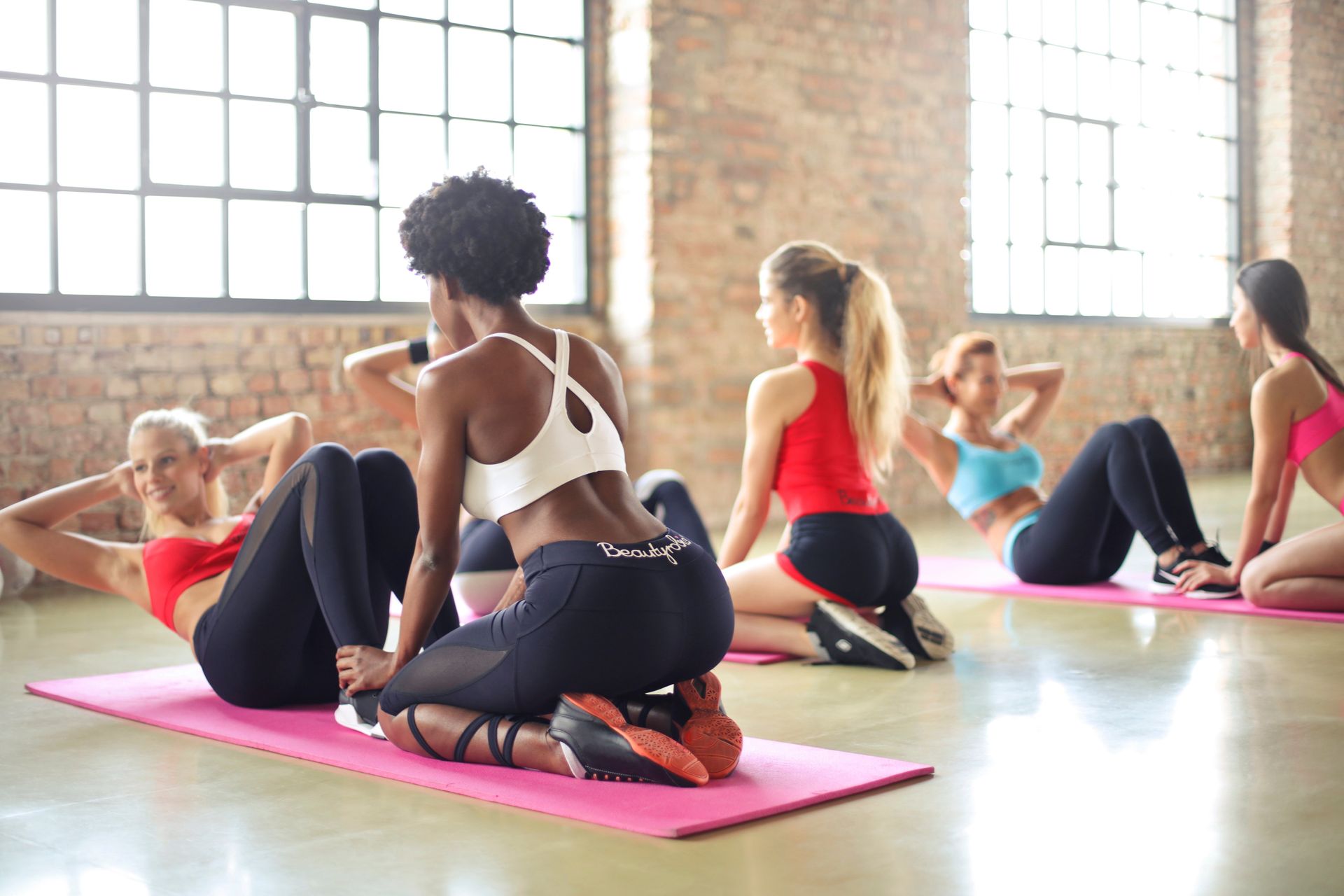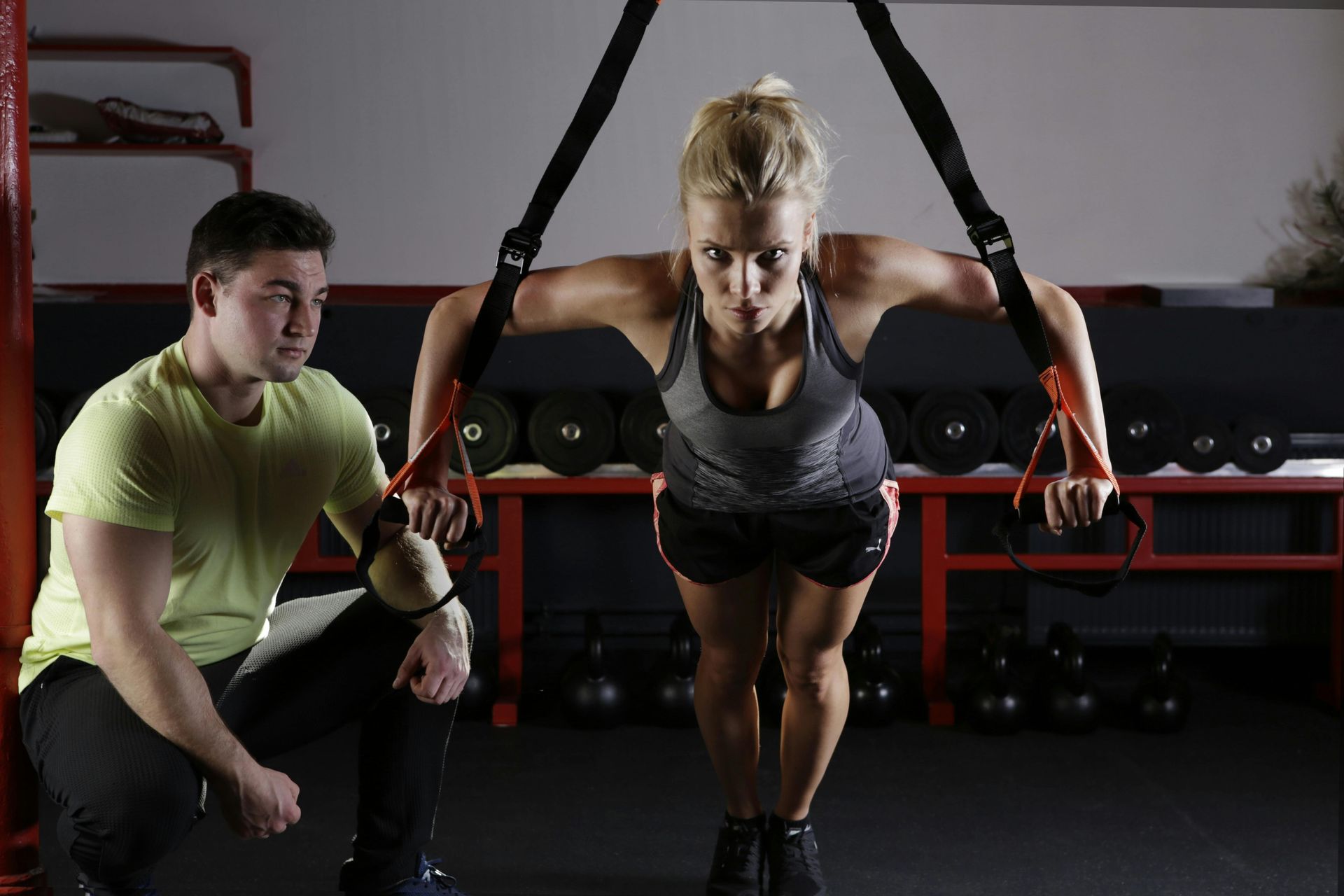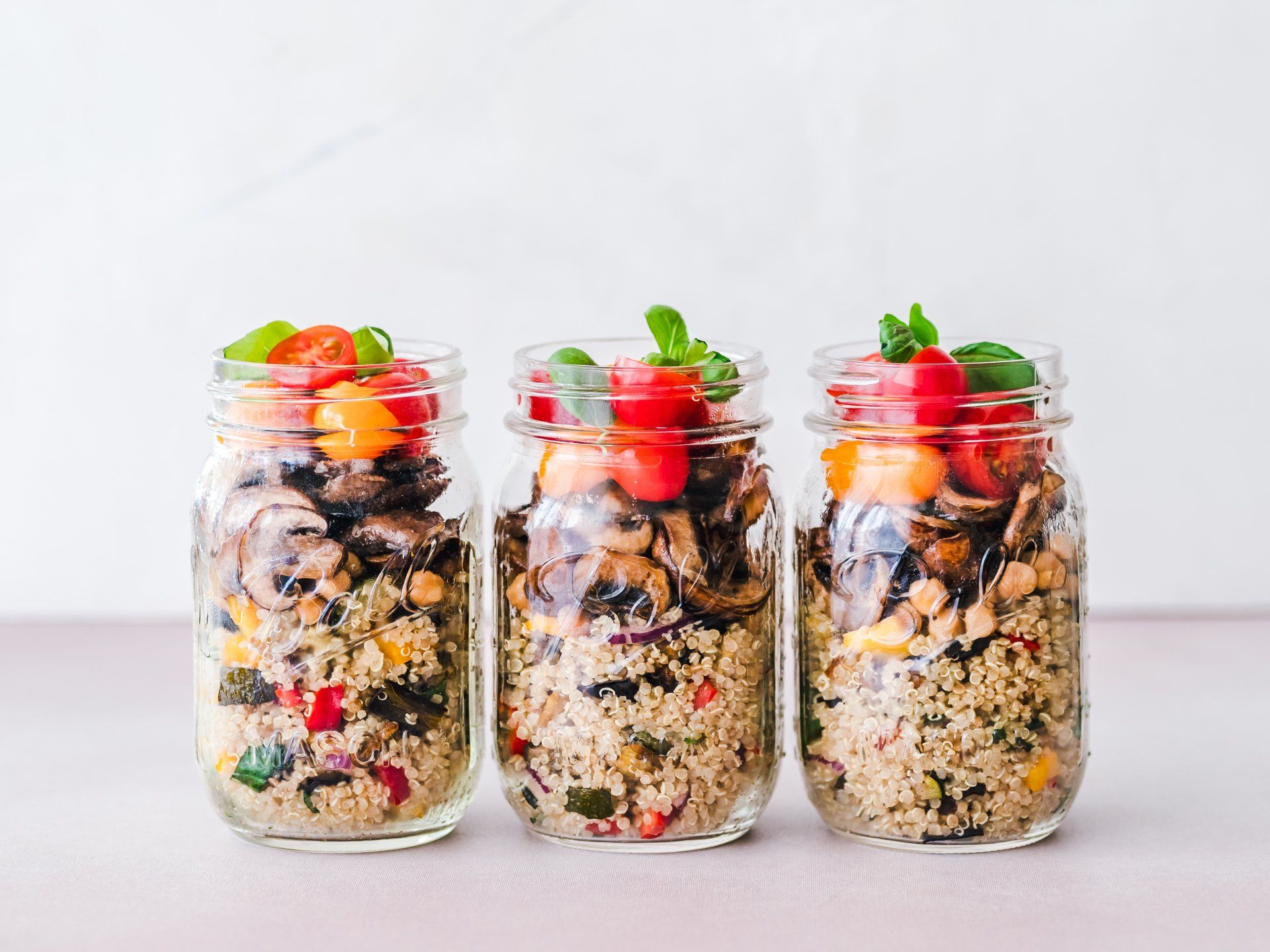What Is Foam Rolling? And How Can It Help Me?
Dustin Hassard • June 5, 2019
Foam Rolling Is Magic
What if you could improve your workout performance, get more mobility, reduce risk of injury, and speed up muscle recovery in only 5 minutes. Would you do it? These are the reasons why I foam roll before and after every single workout, without fail.
Foam rolling is the fastest way I know to get the muscle tissue healthy and keep it healthy. Imagine if you had a massage therapist at your side any time you wanted a massage. That’d be lovely of course, but it wouldn’t be feasible. However, with a foam roller, you have yourself a great alternative to a massage therapist, always at the ready.
I’ll highlight the top reasons to foam roll and if you see even one that appeals to you, grab that foam roller and get to it.
Pre-Workout Benefits
- Stimulates blood flow
The better the blood flow, the better the performance. The better your performance in a workout, the faster you get results. - Improves mobility
Releases knots and tension in the muscles so you can move with more fluidity, less restriction, and less resistance against your own tightness. - Prepares the nervous system
Muscles only do what the brain tells them to. On contact, the foam roller stimulates the nerves and activates more responsive muscles. - Breaks up muscle density and overactive areas
Through repeated contractions, muscles can get all bunched up like a traffic jam. The foam roller clears this traffic. This releases unwanted stresses in the muscles such as knots, adhesions, and trigger points. - Gets you moving
Bonus! Foam rolling isn’t exactly relaxing, you have to work for it so you’ll find yourself doing a variety of core activating and mobility exercises.
Post Workout Benefits
The post-workout benefits are the same as above, but here’s why it matters after you workout.
- Reduces soreness
I tested what happens if I waited an hour after a workout to foam roll. The results after dozens of tests always concluded with the same result; I was sore an extra 1-2 days just by waiting an hour to foam roll instead of rolling immediately after my workout. - Speeds up recovery
Due to the increased blood flood, this clears out waste buildup and gets fresh blood in to allow the muscles to repair faster and heal any injuries faster. - Keep Your Mobility
Think about this, during a workout you’ve contracted your muscles over and over. You’ve purposely created tension so now, your muscles are tight. Eventually, the muscles are going to relax. However, if I go straight to my car or sitting at a desk, they’re going to relax into that position, much like water freezing to whatever shape it’s put in. By foam rolling, my muscles start to relax into a mobile, more fluid position and are now more likely to keep that mobility.
Foam Rolling Guidlines
When should I foam roll and for how long?
I suggest 3-5 minutes of total body rolling before the workout and after the workout. I’ve never experienced excessive foam rolling, but I consider 3-5 minutes the minimum.
Although I still recommend you prioritize foam rolling before a workout, you can make good use of your time by foam rolling during your workout in between sets while resting; 15-30 seconds here and there adds up to a lot of soft tissue work (massage) throughout a workout. For lower body exercises, I foam roll my upper body. For upper body exercises, I foam roll my lower body.
Is it supposed to hurt?
Foam Rolling is the only exception to my rule of finding pain-free movement. In the case of foam rolling, we are seeking areas that are tender and even hurt a little bit. We’ll call these hot spots. For any area that is particularly tender, take extra time and go slow. Breath deep and relax during the rolling. The more you foam roll, the less tender and sensitive those areas will become. The pain will subside with regular practice of foam rolling.
Do you roll on upper body days?
Yes, even if I’m just doing upper body, I always roll and warm up my entire body.
Do you roll before running?
Yes, this is especially important since you’ll be putting your muscles through hundreds to thousands of reps of high impact. Emphasize rolling the calves and shins.
Do you foam roll on rest days?
Every little bit helps.
What To Foam Roll
Anywhere you have muscle tissue can be rolled. These are all of the areas I suggest you hit. It’s a big list, but start with the first 4 and add more over time. I mostly follow this order, but do whatever order you prefer.
- Glutes/TFL
- Upper Back
- Posterior Shoulder/Lats
- Quads
- IT Band
- Triceps
- Hamstrings
- Calves
- Adductors
- Chest
- Anterior Shoulder/Biceps
- Shins
Other Massage Tools
- Massage Stick
- Lacrosse Ball
- Tennis Ball
Tried and Tested
I’ve spent years testing the effects of foam rolling and not foam rolling. I even attended a workshop that convinced me not to foam roll, that was a dark time in my life.
When I have aches or pains, foam rolling is my first choice. When someone I’m coaching has pain, foam rolling solves the problem 9 out of 10 times, at least enough to where we can address the root cause of pain with pain-free solutions.
Foam rolling is the one area of my training I never neglect. I always take time to foam roll even if that means cutting into my workout. It has become as much a habit as brushing my teeth. You owe it to your body to test it out to find out for yourself.
If you can get to see a massage therapist once a week, that is recommended, but a foam roller is a reasonable substitute and a great supplement to massage.
You have nothing to lose by foam rolling and so much to gain. It can seem too good to be true that such a simple tool can provide this many benefits, but that’s why I believe the foam roller is magic.
Get rolling!












